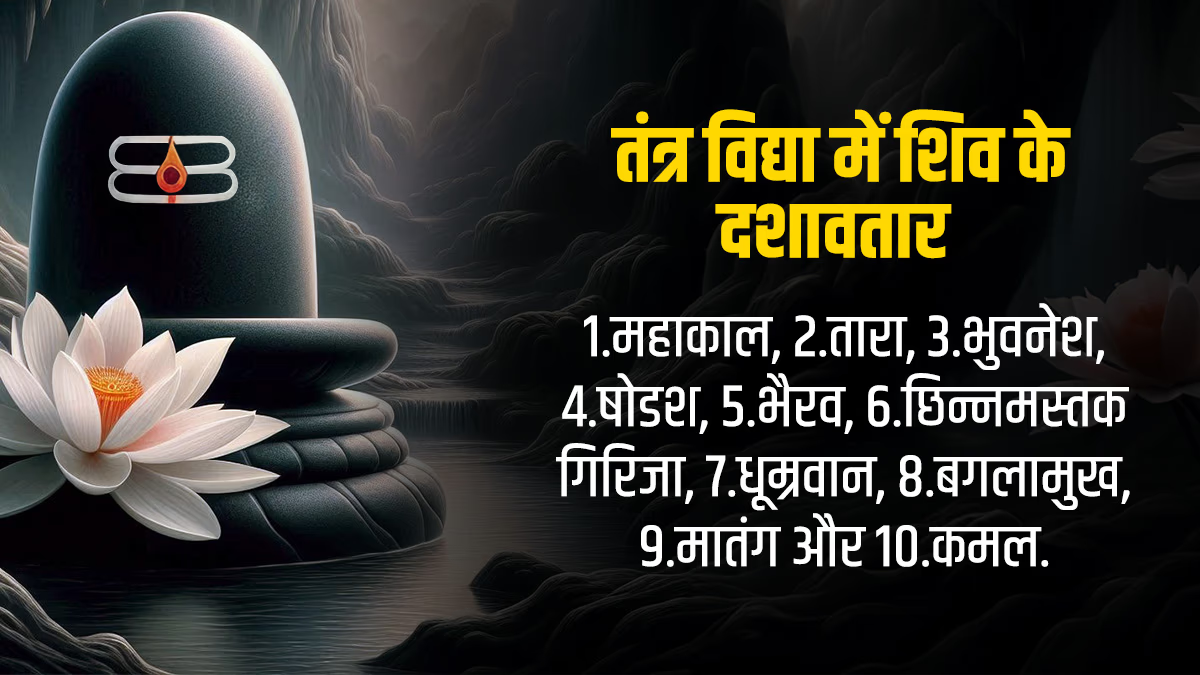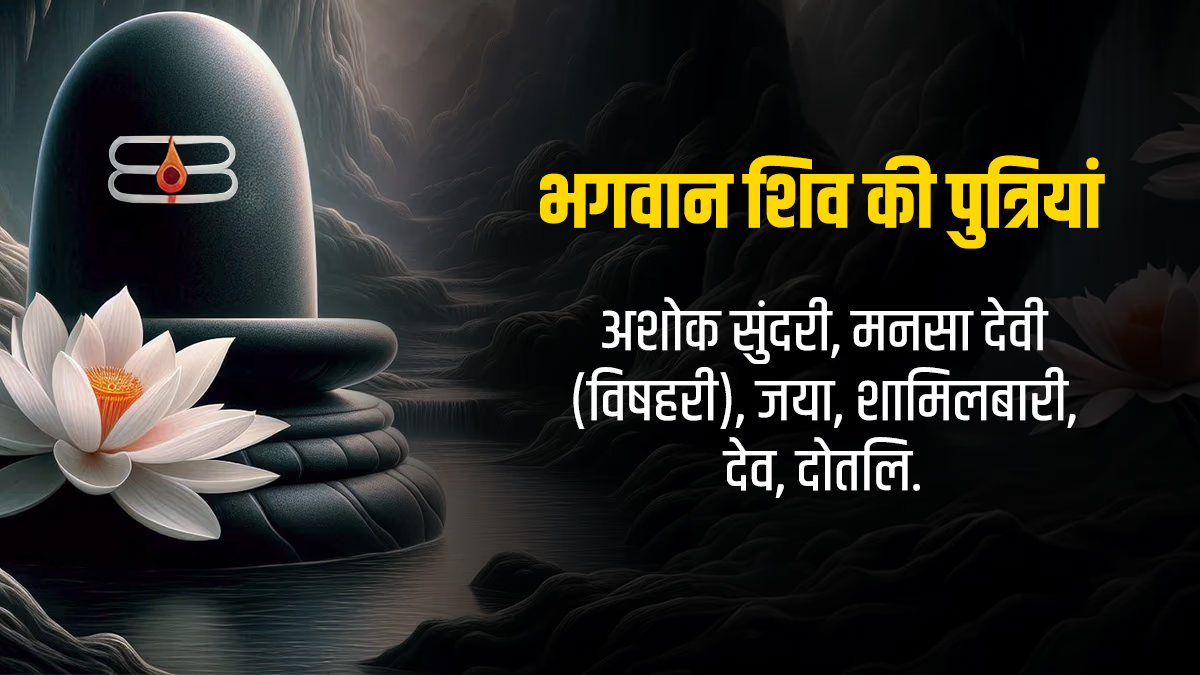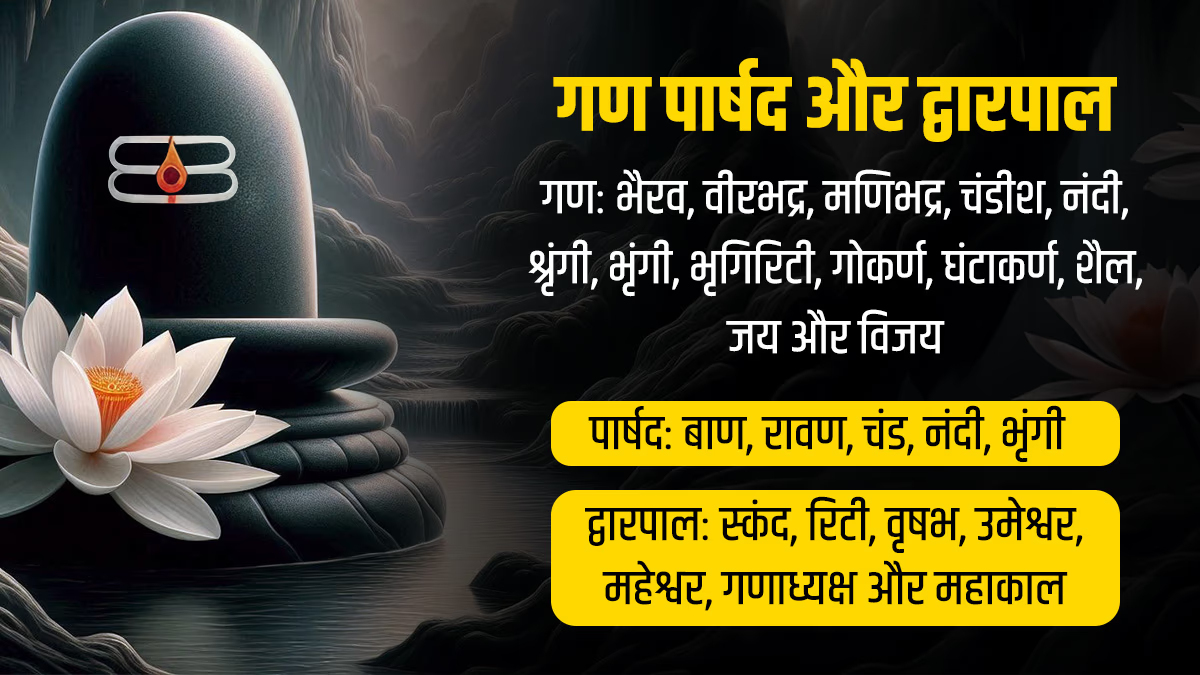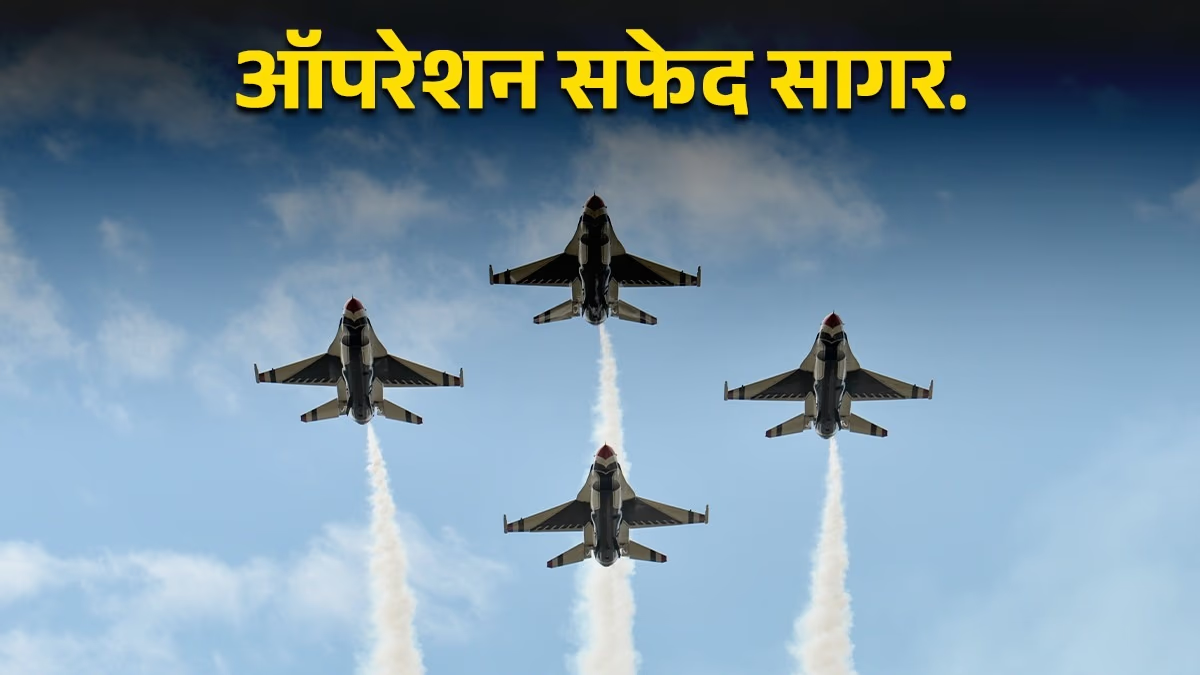Truth is Shiva, and Shiva is beautiful. This ancient saying encompasses the essence of life. Everything seen through our eyes and beyond is Shiva. He is the breath of the five elements and creates water, fire, wind, earth, and sky. In time, these five elements are dismantled by him.
Therefore, it is said that whether in solid, liquid, or vapor form, Shiva manifests in all. The mystical waters of the Ganges flow through his locks, at Amarnath he forms through snow, and Kalidasa portrays clouds as Shiva's form. These traditions affirm the saying 'Every pebble is Shankar.'
Who is Shiva? What is his form, and what is the essence of every word related to him? This Mahashivratri, explore the mesmerizing tales of Shiva—the unsurpassed.
Who is Shiva?
When we close our eyes, what do we see? Darkness... If eyes remain shut, this darkness takes a bluish hue. Before all creation, this darkness prevailed. Linga Purana articulates this saying the universe was initially an egg, and from this primordial egg burst the cosmos. This universe-egg is symbolized by the sacred Shiva Lingam.
Shiva Lingam in Shiva Purana
Shiva Purana describes the Lingam's origin as an endless pillar of fire. Brahma and Vishnu sought its ends for thousands of years but were unable to find them. From this column emerged sound—Nada—and with it came Akaar, Ukara, and Makara, forming 'Om.' In Om, Brahma, Vishnu, and Mahesh embody creation, sustenance, and destruction.
Linga Purana on Shiva Lingam
According to Linga Purana, the Lingam embodies the form of the universe. An egg-shaped stone represents the cosmos, and its base supports and nourishes the universe. Skanda Purana affirms this saying, "The infinite sky (the great void bearing all of existence) is the Shiva Lingam." In time, all beings and gods retreat into the Shiva Lingam. In the Mahabharata's Dwapara Yuga, Shivaji declared he would remain formless and omnipresent in the coming Kali Yuga, embodying the Lingam.

Source: aajtak
Shiva in the Vedas
The Rigveda mentions Rudra rather than Shiva. Rudra is counted among the most powerful deities, described as singular: 'There is none other than Rudra.' The Shwetashvatara Upanishad glorifies his dominion over all forces. Though the Vedic Rudra is distinct from Shiva, the descriptions align him closely with the mythological Shiv.
Who are the Eleven Rudras?
Answering this is complex, as their descriptions vary widely. In the ancient tradition, they rank first among the 33 deities. Sometimes considered separate from the Marutas, sometimes a facet of them, in Vamana Purana, they emerge from Kashyapa and Surabhi.
Names of the Eleven Rudras differ between texts. The Mahabharata's Adiparva lists them explicitly:
1. Har-rudra, 2. Bahurupa, 3. Tryambaka, 4. Aparajita-rudra, 5. Vrishakapi, 6. Shambhu, 7. Kabardi, 8. Revata, 9. Mrigavyadha, 10. Sharva, 11. Kapali
Matsya Purana, Padma Purana, and Skanda Purana list them as:
1. Ajaikapada, 2. Ahirbhudhnya, 3. Virupaksha, 4. Revata, 5. Har, 6. Bahurupa, 7. Tryambaka, 8. Savitr, 9. Jayanta, 10. Pinaki, 11. Aparajita
Shiva Purana's Shatarudriya Samhita views them as avatars of Shiva, born of Rishi Kashyapa's penance, through Surabhi. Their names differ greatly:
1. Kapali, 2. Pingala, 3. Bhima, 4. Virupaksha, 5. Vilohita, 6. Shasta, 7. Ajapada, 8. Ahirbhudhnya, 9. Shambhu, 10. Chanda, 11. Bhava
The Shaiwite Agama mentions 64 forms of Shiva, with distinct names for the Eleven Rudras:
1. Shambhu, 2. Pinaki, 3. Girisha, 4. Sthanu, 5. Bharga, 6. Sadashiva, 7. Shiva, 8. Har, 9. Sharva, 10. Kapali, 11. Bhava
Avatars of Lord Shiva
Like Vishnu's ten avatars, Shiva also incarnated over time for cosmic welfare. Shiva Purana narrates 19 of them. He appeared to support Vishnu's works in key avatars.

Source: aajtak
Some appear briefly, like Rudra Hanuman during Rama's era, and during Dwapara Yuga—as Kirata to Arjuna.
Nineteen Avatars of Shiva:
Veerabhadra, Pippalada, Nandi, Bhairava, Ashwatthama, Sharabha, Grihapati, Rishi Durvasa, Hanuman, Vrishabha, Yatinath, Krishnadarshan, Avadhoota, Bhikshuvarya, Sureshwara, Kirata, Brahmachari, Sunantantarka, Yaksha.
Dashavatara of Shiva in Tantra:
Like Vishnu's Dashavatara, Shiva has ten forms linked to the Mahavidyas, inherent in Tantric wisdom where Mahakala prominently features. Names include:
1. Mahakala, 2. Tara, 3. Bhuvanesha, 4. Shodasha, 5. Bhairava, 6. Chinnamastaka Girija, 7. Dhumravana, 8. Bagalamukhi, 9. Matanga, 10. Kamala.

Source: aajtak
Marriages of Lord Shiva
In mythology, Shiva married twice under traditional rites. His first wife, Sati, was born through Daksha's wish from Adi Shakti. Sati self-immolated, reincarnating as Parvati, daughter of Himalaya. Their union is legendary, though essentially two forms of the same divine energy.
In different avatars, Shiva's spouses bore corresponding names. As Mahesh, he was with Uma. As Mahakala with Mahakali, Chanda with Chandika, Veerabhadra with Bhadrakali, Bhairava with Bhairavi, Matanga with Matangi. These are not distinct but synonymous representations.

Source: aajtak
Sons of Lord Shiva
Shiva is said to have eight sons. The foremost is Kartikeya, also known as Murugan, Subrahmanya, and Skanda. Ganesha is the second. His third son, Sukesh, was adopted by Shiva-Parvati, becoming an ancestor of demons. Shiva's fourth, Jalandhara, was birthed from his third eye, later becoming an antagonist to the devas.
The fifth, Mars (Mangala), emerged from Shiva's sweat, adopted by Earth. Despite a fiery disposition, he was pacified by Narada and his chants, meriting planetary status.
The sixth is Ayyappa, revered in Kerala's Sabarimala, son of Shiva and Mohini, visited during Makar Sankranti.
Asur Andhaka is considered Shiva's son too, born when Parvati covered Shiva's eyes, causing darkness. Raised by Hiranyaksha, Andhaka saw Parvati not as a mother and sought to conquer Kailash, only to be vanquished by Shiva.
The eighth son, Tadit, shines as lightning, known as Khuj, born from Shiva's brilliance and residing amidst the skies.
Daughters of Lord Shiva
Shiva has six daughters. The eldest, Ashok Sundari, emerged from Parvati's imagination, dispelling her sorrow, and married the Chandravanshi King Nahusha, who became Indra.

Source: aajtak
Additionally, five daughters of nagas emerged when their wives drank drops of Shiva's sweat mingled with Ganga's waters. Among them is Mansa Devi, revered as the snake-goddess, and four others: Jaya, Shailabari, Dev, and Dutali, worshipped in Bihar and Bengal to avert snakebites.

Source: aajtak
What is Shiv Panchayat?
Mythology narrates Shiv Panchayat as an assembly resolving conflicts among gods-demons, titans-giants, and humans. It involves five deities: Surya, Ganapati, Shiva, Shakti, and Vishnu. Establishing these together forms the Shiv Panchayat, binding all to its judgments and integral to rituals and homes. India's historical Shiv Panchayat temples abound.
What is the Shiva Family?
The Shiva family features Mahadev, Parvati, sons Kartikeya and Ganesha, and Nandi. This ensemble symbolizes a harmonious coexistence of contrasts and unity—a lesson in balance. Despite fears among their vehicles—a mouse fearing a snake, a snake wary of a peacock, a peacock distressed by a bull, and the bull of a lion—unity persists within the Shiva household.
Who Are Shiva's Ganas?
Bhairava, Veerabhadra, Manibhadra, Chandish, Nandi, Shringi, Bhringi, Bhagiriti, Gokarna, Ghantakarna, Shaila, Jaya, and Vijaya are his foremost followers.
Shiva's Attendants:
Bana, Ravana, Chand, Nandi, Bhringi
Gatekeepers-
Skanda, Riti, Vrishabha, Umeshvara, Maheshvara, Ganadhipati, and Mahakala




